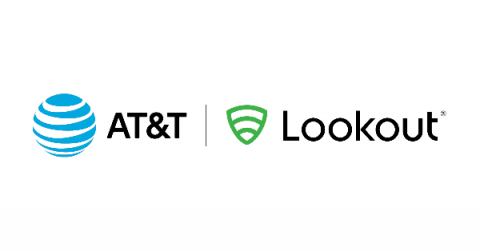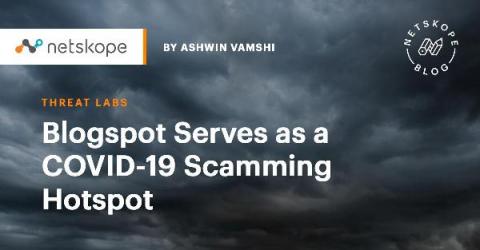The History of Vendor Risk Scoring
Vendor risk scoring is a practice that has emerged to address the complexity of vendor management by assigning vendors a single score– typically a number or letter grade– to facilitate comparison between vendors and portfolios. The past decades of digital transformation have provided both the need for innovative IT security hygiene assessment techniques and the technological capabilities to gather and analyze the data necessary to give those risk scores predictive power.










